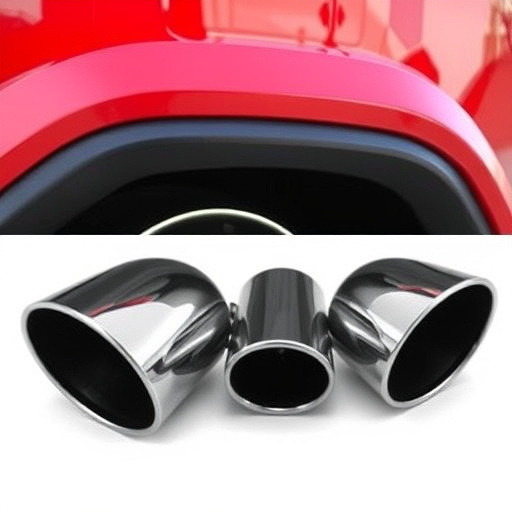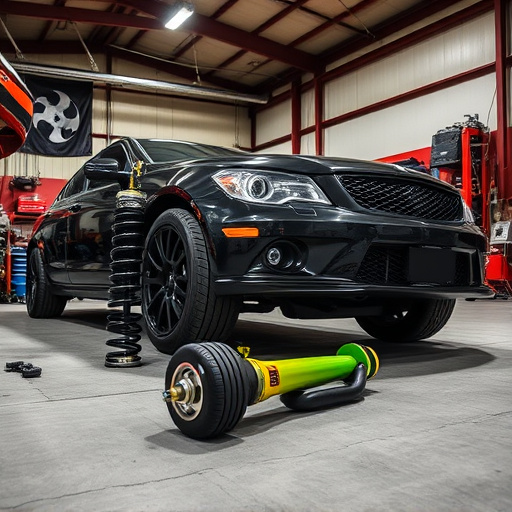Precision Boost Controller: Optimizing Performance for Smooth Boost Curves
Boost controllers are essential for high-performance vehicles, managing turbocharger or supercharger…….
Welcome to an in-depth exploration of the fascinating world of boost controllers, a technology that has revolutionized various industries by enhancing performance and efficiency. In this comprehensive article, we will navigate through the intricacies of boost controllers, their global impact, technological innovations, and the challenges they face. By the end, readers will gain a profound understanding of why boost controllers are not just a passing trend but a transformative force in today’s fast-paced world.
A boost controller is an advanced electronic system designed to optimize and manage power delivery in various applications, primarily in automotive and industrial settings. Its primary function is to regulate and control the boost pressure in turbocharged or supercharged engines, ensuring optimal performance and fuel efficiency. The core components of a typical boost controller include:
The concept of boost controllers traces back to the early 1980s when turbocharged engines started gaining popularity for their power and efficiency advantages. Traditional mechanical controls had limitations in terms of responsiveness and precision. This led to the development of electronic boost controllers, which introduced a new era of control dynamics and engine performance. Today, boost controllers are essential for meeting stringent emission standards while delivering powerful and efficient vehicles.
Boost controllers have left an indelible mark across continents, revolutionizing transportation and industry. The adoption patterns vary, with regions like Europe and North America leading in early adaptation due to stringent emission norms. However, the Asia-Pacific region has witnessed rapid growth as countries there focus on both environmental sustainability and performance improvements.
The global boost controller market experienced significant growth in the past decade, driven by rising vehicle sales and stringent emission regulations. According to a 2023 report by Market Research Future (MRFR), the market is projected to reach USD 7,546 million by 2028, growing at a CAGR of 9.2% during the forecast period (2021-2028).
Drivers:
Restraints:
Major automotive manufacturers are investing heavily in research and development (R&D) of boost controllers, focusing on integration with electric and hybrid powertrains. Startups and tech companies are also entering the market, offering innovative solutions, particularly in the realm of software-defined controls and predictive analytics.
The development of boost controllers is influenced by various global regulatory bodies, each with its own standards and norms:
Regulations vary across regions, leading to different technological paths:
Despite their numerous advantages, boost controllers face several challenges:
Toyota’s iconic Prius is a prime example of successful boost controller integration in hybrid vehicles. The Prius’ boost controller optimizes the collaboration between the electric motor and gasoline engine, delivering exceptional fuel economy and emissions reduction without compromising performance. This case study highlights how advanced boost controllers can revolutionize hybrid powertrains, making them more accessible and efficient.
Volkswagen has embraced electric turbochargers across its range of vehicles, from compact cars to SUVs. By integrating these systems with their modular engine platform, they achieve rapid response times, improved fuel economy, and reduced NOx emissions. This strategy demonstrates how boost controllers can enhance the overall performance and appeal of modern vehicles.
Daimler, the German automotive giant, has implemented smart boost controller technology in its urban-focused vehicles. These systems adapt to driving conditions, optimizing boost pressure for efficient city driving while still delivering ample power for highway cruising. This case study underscores the importance of customizable boost controllers in meeting diverse market needs.
Boost controllers have evolved from mere engine components to sophisticated systems that drive performance, efficiency, and sustainability in various industries. Their global impact is evident in the way they have transformed transportation and power generation. As we look ahead, the future of boost controllers promises exciting possibilities with advancements in technology, regulations, and environmental consciousness.
By addressing challenges through innovation, collaboration, and strategic planning, the boost controller industry can continue to deliver on its promise of enhanced performance, improved efficiency, and a cleaner environment. This article has provided a comprehensive overview, but the journey is far from over. The world of boost controllers remains dynamic and ever-evolving, shaping the way we drive, power our homes, and protect our planet.
Q: How do boost controllers differ from traditional engine controls?
A: Boost controllers are advanced electronic systems that use sensors, actuators, and complex algorithms to precisely control boost pressure in turbocharged or supercharged engines. In contrast, traditional controls often rely on mechanical means and basic sensor feedback, offering less precise and responsive performance.
Q: What are the key benefits of using a boost controller?
A: Boost controllers provide numerous advantages, including improved engine performance, increased fuel efficiency, reduced emissions, faster acceleration, and extended vehicle lifespan due to better component management.
Q: Can boost controllers be customized for different vehicle types?
A: Absolutely! Boost controllers can be tailored to meet specific requirements, from high-performance sports cars to efficient compact vehicles and heavy-duty trucks. Customization allows for optimal performance matching the vehicle’s intended use.
Q: How do regulations impact the development of boost controllers?
A: Global regulatory frameworks, such as Euro 7 standards in Europe and EPA regulations in the USA, drive the need for advanced boost controller technology. These standards focus on reducing emissions and improving fuel efficiency, pushing manufacturers to innovate and develop more sophisticated control systems.

Boost controllers are essential for high-performance vehicles, managing turbocharger or supercharger…….

A boost controller is a critical component in high-performance vehicles, optimizing engine performan…….